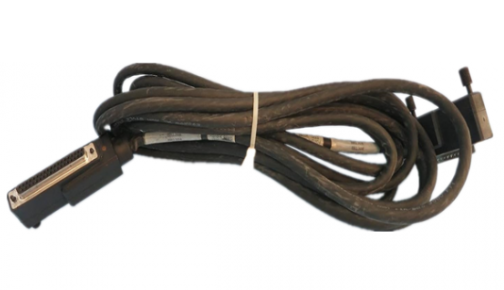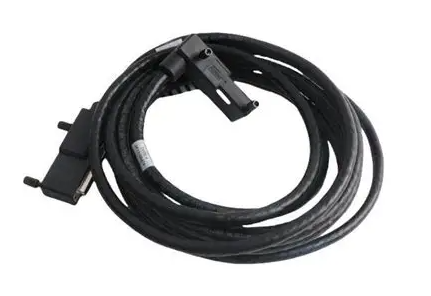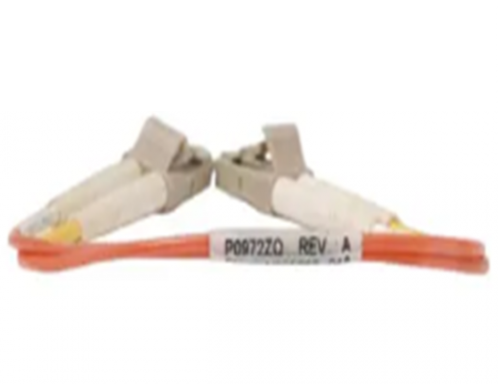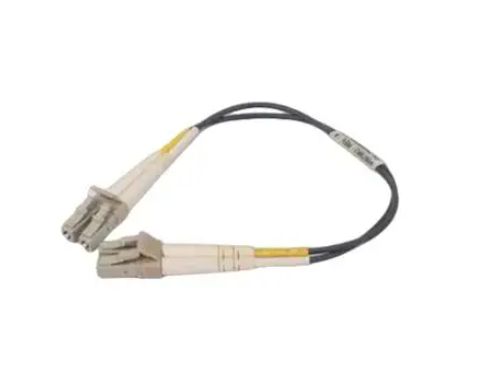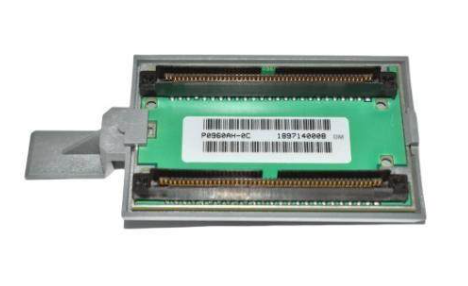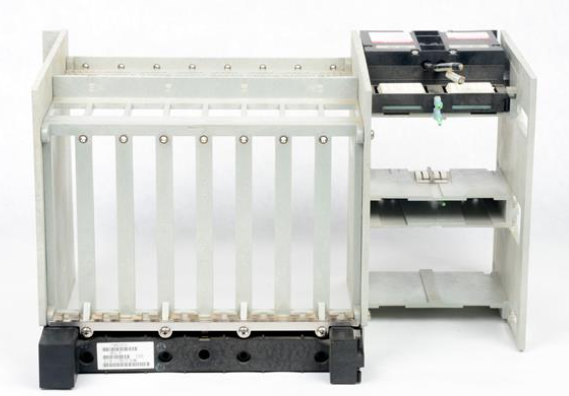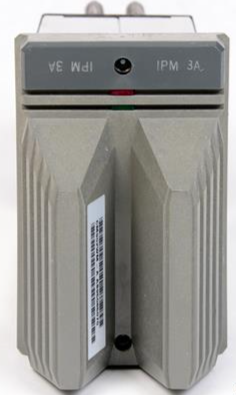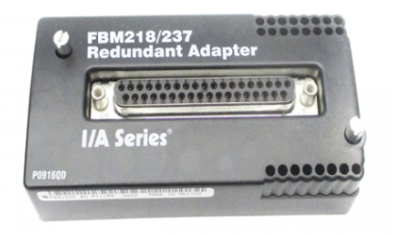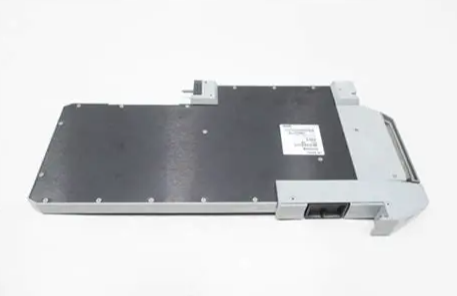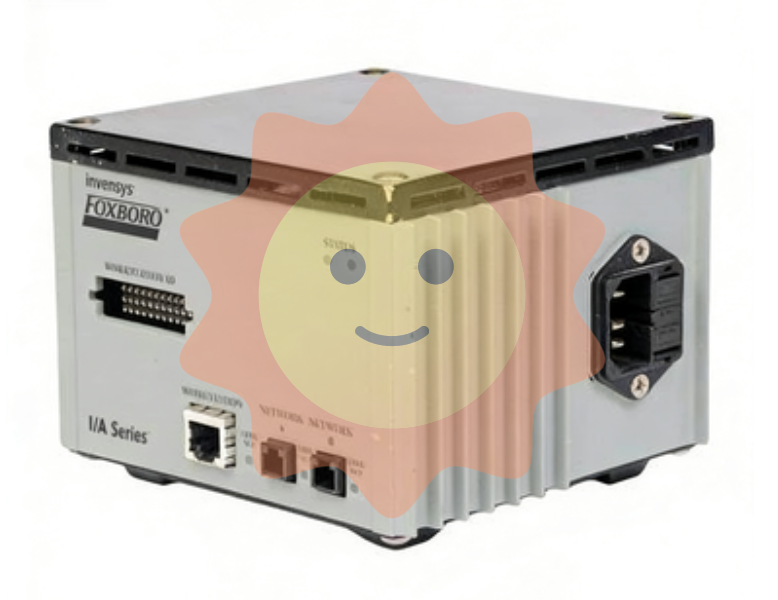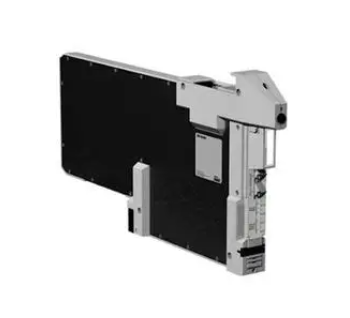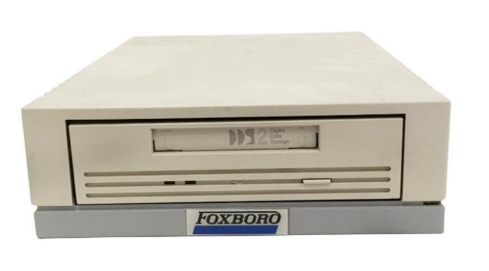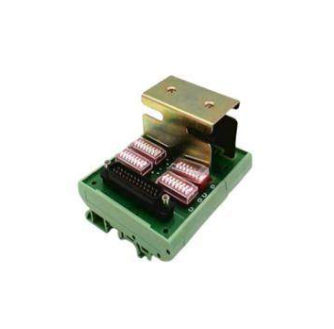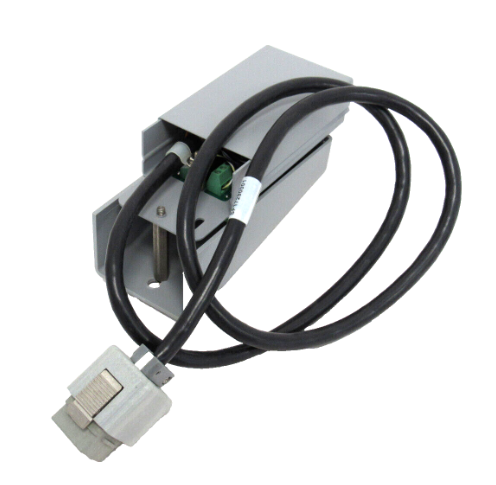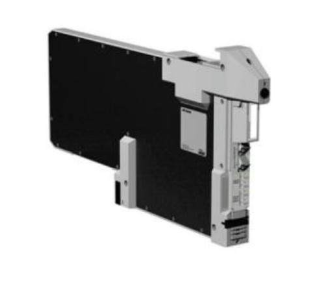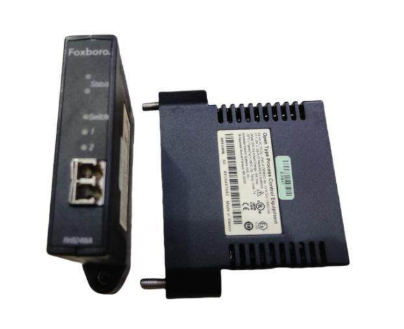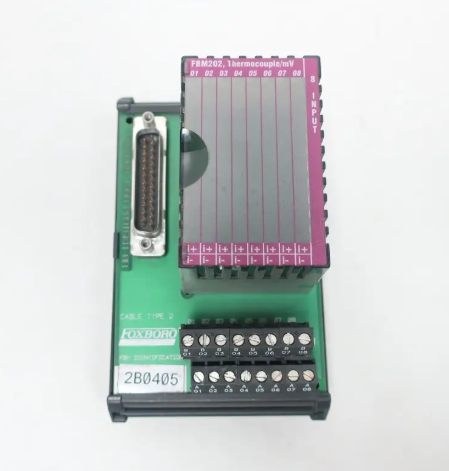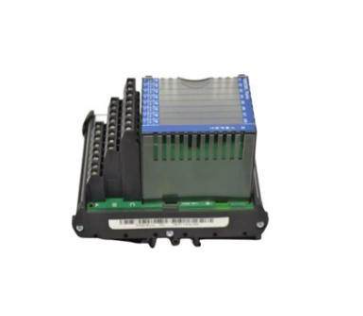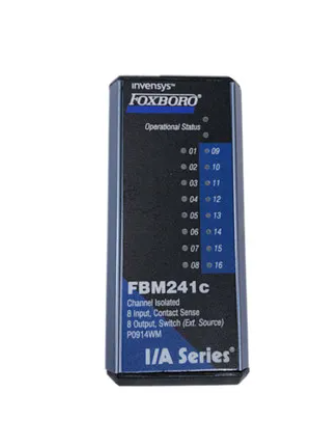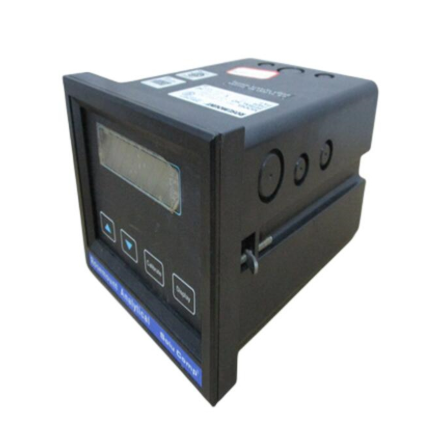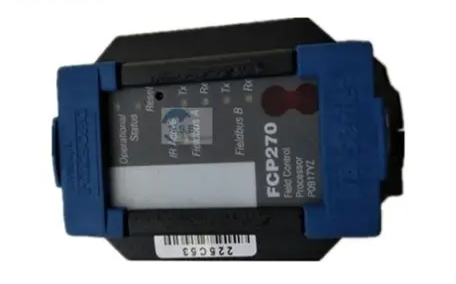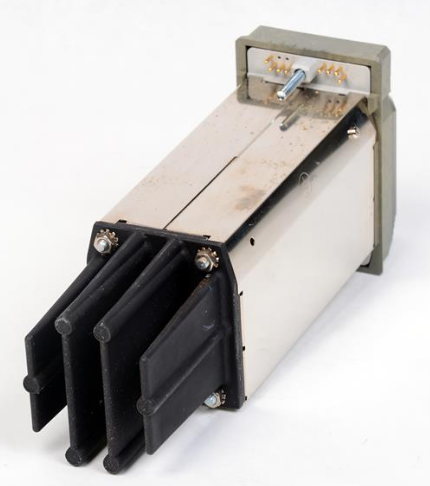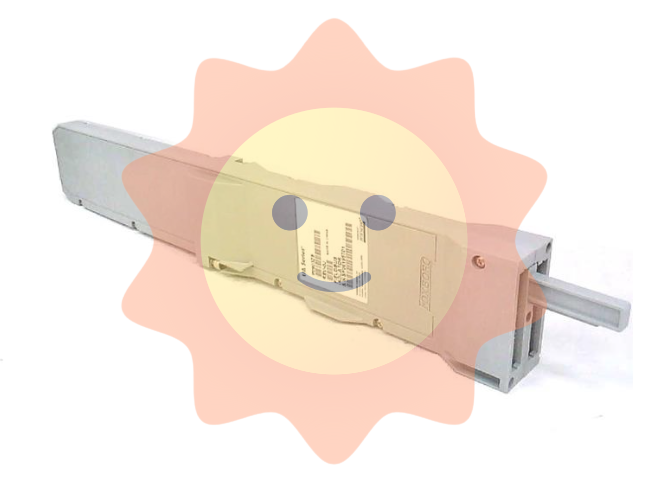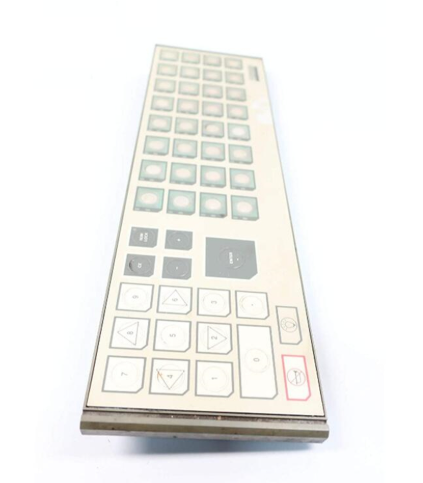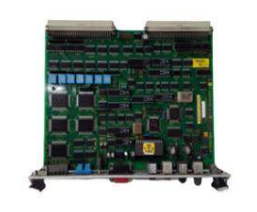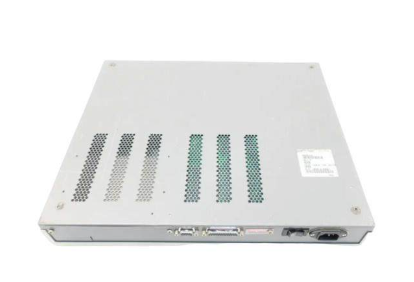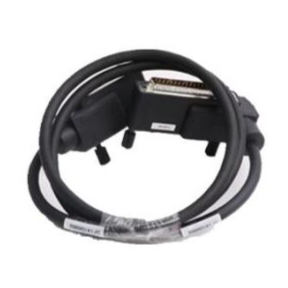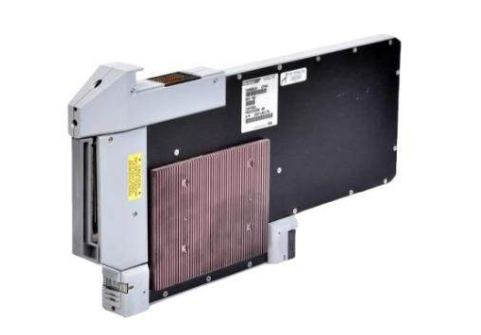The most complete sewage treatment process introduction
Basic methods of sewage treatment
According to the nature of the treatment method
1. Physical method: precipitation, filtration, oil separation, air flotation, centrifugal separation, magnetic separation
2. Chemical method: coagulation precipitation method, neutralization method, REDOX method, chemical precipitation method
3. Physical and chemical method: adsorption method, ion exchange method, extraction method, blowing, stripping
4. Biological method: activated sludge method, biofilm method, anaerobic process, biological nitrogen and phosphorus removal process
According to the water quality and the destination of the treated water
Primary treatment: Mechanical treatment (pretreatment stage)
Coarse grille and fine grille, sand settling pool, initial settling pool, air floating pool, regulating pool
Secondary treatment: the main process is biochemical treatment (main)
Activated sludge process, CASS process, A2/O process, A/O process, SBR, oxidation ditch, hydrolysis acidification pool.
Tertiary treatment: control of eutrophication and reuse
Advanced catalytic oxidation, biological aeration filter, fiber filter, active sand filtration, reverse osmosis, membrane treatment
Water reuse generally has a disinfection pool: ultraviolet ozone disinfection pool, chlorine dioxide disinfection pool
Primary treatment of sewage
Primary treatment: Mechanical treatment (pretreatment stage)
Regulating tank, coarse grid and fine grid, sand settling tank, initial settling tank, air floating tank, hydrolysis acidification tank
Regulating tank

Regulating the function of the pool
1. In order to ensure the normal operation of subsequent treatment structures or equipment, the amount and quality of sewage should be adjusted.
2. Acidic sewage and alkaline sewage are mixed in the regulating tank to achieve the purpose of neutralization.
3. Short-term discharge of high temperature sewage can also be adjusted to balance the water temperature.
grille;
It is a metal frame made of a set of parallel metal bars, positioned diagrammed over the channel through which the waste water flows or at the inlet of the sump of a pumping station, to intercept large blocks of suspended or floating solid pollutants, so as not to clog the drainage pipes of the pumps and settling tanks. The trapping effect depends on the gap width and the nature of the water.
Divided by specifications:
Coarse grid (50~100mm), medium grid (10~40mm), fine grid (3~10mm)
Grit basin
1. Function: Separating dense inorganic particles from sewage, protecting pumps and pipes from wear, reducing the volume of sludge treatment structures, improving the content of organic components of sludge, and improving the value of sludge as fertilizer.
2. Sand sedimentation tank type: aerated sand sedimentation tank, flat flow sand sedimentation tank
Aerated sand sedimentation tank:
Aerated sand sedimentation tank is a rectangular pool in one side of the air, so that the sewage swirl movement, the flow rate from the periphery to the center gradually reduced, sand particles in the bottom of the sand collection tank and water separation, organic matter in the sewage and washed down from the sand sludge is still in a suspended state, with the water flow into the treatment structure behind.

In fact, the flat-flow sedimentation tank is a channel wider and deeper than the flow channel and the outflow channel. When the sewage flows through, due to the increase of the cross section, the flow speed decreases, and the inorganic particles in the wastewater sink under the action of gravity, so as to achieve the purpose of separating the inorganic particles in the water.
Advantages and disadvantages of flat flow sedimentation tank and aerated sedimentation tank:
The biggest disadvantage of ordinary sand sedimentation tank is that there are some organic substances in the trapped sand. The existence of these organic substances makes the sand easily corrupt and smelly, especially when the temperature is high in summer, which has an adverse effect on the treatment of sand sedimentation and the surrounding environment. Another disadvantage of ordinary sand settling tank is the poor retention effect of sand wrapped in organic matter.
The advantage of aerated sand settling tank is that the sand removal efficiency is stable and less affected by the change of influent flow rate. The hydraulic rotation makes the separation effect of sand and organic matter better. In the sand discharged from the aerated sedimentation tank, organic matter only accounts for about 5%, and it will not rot and stink for a long time. At the same time, the process of sand sedimentation by aeration can also play the role of oil floating and blowing off volatile organic compounds and pre-aeration oxygenation and oxidation of some organic compounds.
Settling basin
1. Working principle of sedimentation tank: Water purification can be achieved by using the principle that the downward sedimentation rate of the suspended impurity particles in the water flow is greater than the downward flow rate of the water flow, or the downward sedimentation time is less than the time of the water flow out of the sedimentation tank.
2. Sedimentation tank structure: inlet area and outlet area: make water flow through sedimentation tank evenly, avoid short flow and reduce the adverse impact of turbulence on precipitation, reduce dead water area and improve the utilization rate of sedimentation tank volume.
Settling area: The area where the precipitated particles are separated from the wastewater.
Sludge area: the area where sludge is stored, concentrated and discharged.
Buffer zone: It is the water layer area that separates the precipitation area and the sludge area to ensure that the precipitated particles do not float again due to the agitation of the water flow.
3. The difference between sedimentation tank and sedimentation tank: Sedimentation tank is generally located in the sewage treatment plant before the biochemical structure of sludge water separation facilities. Most of the separated precipitating materials are sand with large particles, large proportion of precipitating materials, high inorganic composition and low water content. Sewage is inevitably mixed with mud and sand in the process of migration, flow and collection. If the sand in the sewage is not settled and separated in advance, it will affect the operation of the subsequent treatment equipment. The most important thing is to wear the pump, block the pipe network, interfere with or even destroy the biochemical treatment process.
Sedimentation tank is generally a structure for sludge and water separation before or after biochemistry, mostly for separating finer particles of sludge. Before the biochemical is called the primary sedimentation tank, the precipitated sludge is called more inorganic, and the sludge moisture content is lower than that of the secondary sedimentation tank. The sedimentation tank located after the biochemical process is generally called the secondary sedimentation tank, which is mostly organic sludge, and the sludge moisture content is higher.
4. Sedimentation tank type: flat flow sedimentation tank, vertical flow sedimentation tank, amplitude flow sedimentation tank, oblique flow sedimentation tank
A. Flat-flow sedimentation tank: simple structure, good precipitation effect, but occupies a large area, there are more problems in sludge discharge, at present, large, medium and small sewage treatment plants are used.

b. Vertical sedimentation tank: covers an area of small, more convenient mud discharge, and easy to manage, but the pool is too deep, difficult to construct, high cost, so it is generally only suitable for small and medium-sized sewage treatment plants.
c. amplitude-flow sedimentation tank: the most suitable for large-scale water treatment plants, with a stereotypical mud discharge machinery, the operation effect is good, but it requires higher construction quality and management level.
d. Inclined flow sedimentation tank: mainly suitable for initial sedimentation tank, widely used in water supply treatment, high precipitation efficiency, short residence time, less land, the disadvantage is easy to breed algae, difficult to discharge mud, easy to block, inconvenient maintenance.
Air flotation tank
Air flotation method: Air is passed into the sewage to produce tiny bubbles as carriers, so that pollutants such as emulsified oil and tiny suspended matter in the sewage adhere to the bubbles. By using the buoyancy of bubbles to float to the surface of the water, the purpose of separating impurities and purifying sewage is achieved by collecting the foam or scum on the water surface.
Hydrolytic acidification tank
The purpose is mainly to convert the insoluble organic matter in the original wastewater into dissolved organic matter, especially the industrial wastewater, mainly to convert the difficult biodegradable organic matter into the easy biodegradable organic matter, improve the biodegradability of the wastewater, in order to facilitate the subsequent aerobic treatment.

The degradation of organic matter by activated sludge is mainly carried out in the aeration stage, which can be divided into two stages, adsorption stage and stabilization stage. In the adsorption stage, the organic matter in the sewage is mainly transferred to the activated sludge, which is because the activated sludge has a huge specific surface area, and the surface contains polysaccharide sticky substances caused by. In the stable stage, the organic matter on the transferred activated sludge is mainly used by microorganisms. When the organic matter in the sewage is in a suspended state and colloidal state, the adsorption stage is very short, generally about 15-45min, and the stability stage is longer.
SBR method:
SBR method: called sequence batch activated sludge method is a modification of continuous activated sludge method, and its reaction mechanism and pollutant removal mechanism are basically the same as the traditional activated sludge method, only the operation is different.
Classic SBR reactor disadvantages:
1. The application of a single SBR reactor requires a large regulating pool;
2. For multiple SBR reactors, water inlet and drainage valves automatically switch frequently;
3. It cannot solve the treatment requirements of continuous inlet and discharge of large sewage treatment projects;
4. High idle rate of equipment;
5. Sewage lifting head loss is greater.
CASS process
CASS process is called circulating activated sludge process. Based on the sequencing batch activated sludge method (SBR), the reaction tank is designed into two parts along the long direction of the tank, the front is the biological selection area, also known as the pre-reaction area, the back is the main reaction area, and the rear of the main reaction area is installed with an automatic skimming device. The whole process of aeration, precipitation, drainage and other processes in the same tank cycle cycle, eliminating the conventional activated sludge method of secondary sedimentation tank and sludge return system; At the same time can be continuous water, intermittent drainage.
Process flow:
1. Aeration stage: The aeration device is used to oxygenate the reaction tank. At this time, organic pollutants are oxidized and decomposed by microorganisms, and NH3-N in sewage is converted to NO3--N through the nitrification of microorganisms.
2. Precipitation stage: aeration is stopped at this time, and microorganisms use the remaining DO in the water for oxidative decomposition. The reaction tank gradually changed from aerobic state to anoxic state, and began to conduct denitrification reaction. Activated sludge gradually sinks to the bottom of the pool, and the upper water becomes clear.
3. Decanting stage: After the precipitation is over, the decanter placed at the end of the reaction tank begins to work and gradually drains the supernatant from top to bottom. At this time, the reaction pond gradually transitioned to an anaerobic state to continue denitrification.
4. Idle stage: Idle stage is the stage when the decanter rises to the original position.

CASS process advantages:
1. Simple process, small footprint, low investment, low operating costs
2. The driving force of biochemical reaction is large
3. Good precipitation effect
4. Flexible operation, strong impact resistance
5. It is not easy to cause sludge swelling
6. Wide range of application, suitable for phased construction
7. Low sludge yield and stable sludge properties
CASS process disadvantages:
1. The complex relationship between microbial populations remains to be studied
2. Biological nitrogen removal efficiency is difficult to improve
3. Phosphorus removal efficiency is difficult to improve
4. Single control mode
AO process
A/O process: The sewage through anaerobic, aerobic two biological treatment processes (referred to as A/O), to achieve the purpose of removing BOD, nitrogen and phosphorus at the same time.
A/O process advantages:
1. High efficiency
2. Simple process, investment saving, low operating costs
3. The anaerobic denitrification process has a high degradation efficiency for pollutants
4. High volume load
5. Anoxic/aerobic process has strong load impact resistance
A/O process disadvantages:
1. Because there is no independent sludge return system, sludge with unique functions cannot be cultivated, and the degradation rate of refractory substances is low
2. In order to improve the efficiency of nitrogen removal, the internal circulation ratio must be increased, thus increasing the operating cost
AAO process
A2/O sewage treatment system: The sewage through anaerobic, anaerobic and aerobic three biological treatment processes (referred to as A2/O), to achieve the purpose of removing BOD, nitrogen and phosphorus at the same time.

A2/O process advantages:
1 High pollutant removal efficiency, stable operation, good impact load resistance.
2. Good sludge settling performance.
3. The organic combination of anaerobic, anoxic and aerobic environmental conditions and different types of microbial flora can simultaneously remove organic matter, nitrogen and phosphorus.
4. The nitrogen removal effect is affected by the reflux ratio of the mixed liquid, and the phosphorus removal effect is affected by the inclusion of DO and nitric acid oxygen in the reflux sludge, so the nitrogen and phosphorus removal efficiency cannot be very high.
5. In the process of deoxygenation and phosphorus removal of organic matter at the same time, the process is the simplest, and the total hydraulic residence time is less than other similar processes.
6. Under the anaerobic - anoxic - aerobic alternating operation, filamentous bacteria will not multiply, SVI is generally less than 100, and sludge swelling will not occur
7. The phosphorus content in sludge is high, generally more than 2.5%
A2/O process disadvantages:
1. The volume of the reaction tank is larger than that of the A/O nitrogen removal process
2. The sludge internal return flow is large and the energy consumption is high
3. High cost for small and medium-sized sewage plants
4. The economic efficiency of biogas recycling is poor
5. The sludge exudate needs chemical phosphorus removal
Oxidation ditch process
Oxidation ditch: It is an improved activated sludge method, and its aeration tank is a closed ditch shape, in which the sewage and activated sludge mixture flow, so it is called "oxidation ditch", also known as "ring aeration tank".
The oxidation ditch HRT and SRT are longer, organic matter can be removed more thoroughly, the discharged sludge has been highly stable, the overall power density is low, and energy saving. However, it is easy to cause problems such as sludge swelling, uneven flow rate, sludge deposition, foam and sludge floating.
AB process
The sewage enters section A directly from the drainage system through the grille and sand settling basin. This section is the adsorption section with high load, short mud age and short hydraulic residence time (about 30min), which is conducive to the growth and reproduction of microorganisms with fast growth rate. After the wastewater is treated in section A, BOD is removed by 40% ~ 70%, and the biodegradability is improved, which is conducive to the work of Section B. The sludge in Section A has a high yield and strong adsorption capacity, and heavy metals, refractory substances and plant nutrients such as nitrogen and phosphorus may be removed by sludge adsorption.
The sewage flows from section A into section B, which is the biological oxidation section and belongs to the traditional activated sludge method. It generally operates under a low load, with a residence time of about 2 ~ 6h and a longer mud age of 15 ~ 20d. Nitrification and partial denitrification occurred in section B, the activated sludge precipitation efficiency was good, and the effluent SS and BOD were generally less than 10mg/L.
The AB method has the following characteristics: there is no initial sedimentation tank, and the A section composed of adsorption tank and intermediate sedimentation tank is the primary treatment system; Section B is composed of aeration tank and secondary sedimentation tank. The two sections A and B have independent sludge return systems, and the two sections are completely separated, each composed of unique microbial communities, which is conducive to the stability of the function.

Tertiary treatment of sewage
After secondary biological treatment, the effluent generally contains: BOD30mg/L or so, COD60mg/L or so, NH315-25mg/L, P3-8mg/L,SS30mg/L or so, as well as bacteria, heavy metals, etc., must be treated, otherwise it is easy to lead to water eutrophication, and affect fish, crops, freshwater water quality and treatment costs.
The three stage treatment methods include: sand filtration, coagulation, microfiltration, reverse osmosis, electrodialysis, ion exchange, disinfection, activated carbon adsorption, nitrogen and phosphorus removal.
Removal of suspended solids
1. Particle size: secondary effluent SS is a biological flocculant of 1um~1mm and a colloidal substance that is not flocculated. It is generally removed by coagulation, sand filtration, microfiltration and reverse osmosis.
2. Coagulation and precipitation: by adding coagulant, rapid stirring and flocculation, slow stirring flocculation, so that small particles and colloidal substances are destabilized and condensed, and become larger particles and precipitation removal.
Dissolved organic matter removal
1. Activated carbon adsorption: activated carbon has a huge surface area and small pores, can absorb organic matter, heavy metal ions and so on.
2.O3 oxidation treatment: The secondary treatment water is treated for reuse, and strive to remove organic matter, chroma, sterilization and disinfection in the sewage.
Removal of dissolved inorganic salts
Hazard: corrosive, easy to scale, SO42- reduction to produce H2S, resulting in land hardening and salinization. Therefore, desalination is required before water reuse and agricultural use.
Desalination technology: reverse osmosis, electrodialysis, ion exchange.
Disinfection of sewage
Reason: No matter what process, the effluent bacteria will exceed the standard, which will bring harm.
Application occasions: sewage irrigation, upstream of discharge water source, tourist attractions, and epidemic season.
Disinfection methods: liquid chlorine, ozone, sodium hypochlorite and ultraviolet light
- EMERSON
- Honeywell
- CTI
- Rolls-Royce
- General Electric
- Woodward
- Yaskawa
- xYCOM
- Motorola
- Siemens
- Rockwell
- ABB
- B&R
- HIMA
- Construction site
- electricity
- Automobile market
- PLC
- DCS
- Motor drivers
- VSD
- Implications
- cement
- CO2
- CEM
- methane
- Artificial intelligence
- Titanic
- Solar energy
- Hydrogen fuel cell
- Hydrogen and fuel cells
- Hydrogen and oxygen fuel cells
- tyre
- Chemical fiber
- dynamo
- corpuscle
- Pulp and paper
- printing
- fossil
- FANUC
- Food and beverage
- Life science
- Sewage treatment
- Personal care
- electricity
- boats
- infrastructure
- Automobile industry
- metallurgy
- Nuclear power generation
- Geothermal power generation
- Water and wastewater
- Infrastructure construction
- Mine hazard
- steel
- papermaking
- Natural gas industry
- Infrastructure construction
- Power and energy
- Rubber and plastic
- Renewable energy
- pharmacy
- mining
- Plastic industry
- Schneider
- Kongsberg
- NI
- Wind energy
- International petroleum
- International new energy network
- gas
- WATLOW
- ProSoft
- SEW
- wind
- ADVANCED
- Reliance
- YOKOGAWA
- TRICONEX
- FOXBORO
- METSO
- MAN
- Advantest
- ADVANCED
- ALSTOM
- Control Wave
- AB
- AMAT
- STUDER
- KONGSBERG
- MOTOROLA
- DANAHER MOTION
- Bently
- Galil
- EATON
- MOLEX
- Triconex
- DEIF
- B&W
- ZYGO
- Aerotech
- DANFOSS
- KOLLMORGEN
- Beijer
- Endress+Hauser
- MOOG
- KB
- Moxa
- Rexroth
- YAMAHA
- Johnson
- Westinghouse
- WAGO
- TOSHIBA
- TEKTRONIX


Email:wang@kongjiangauto.com



